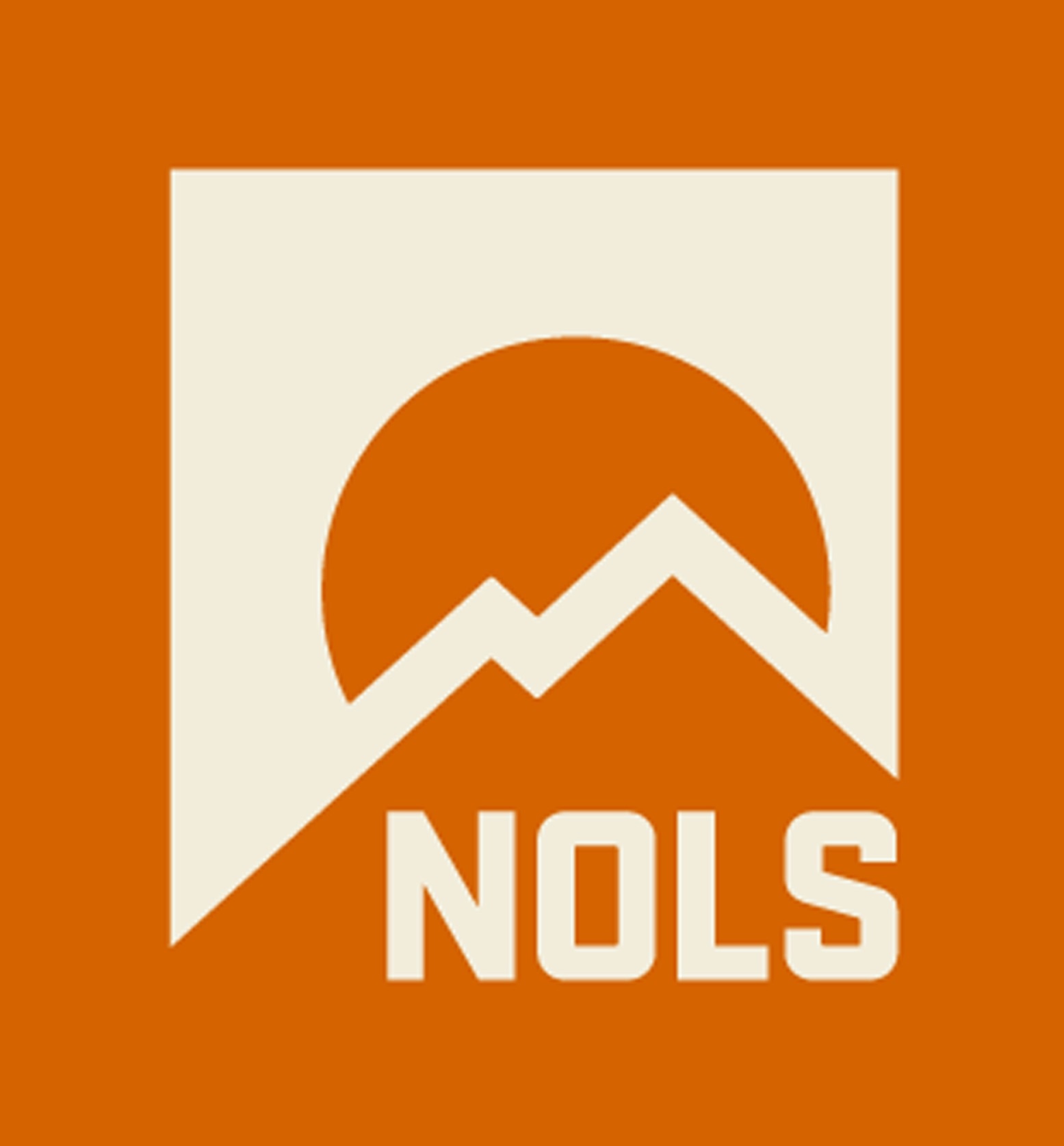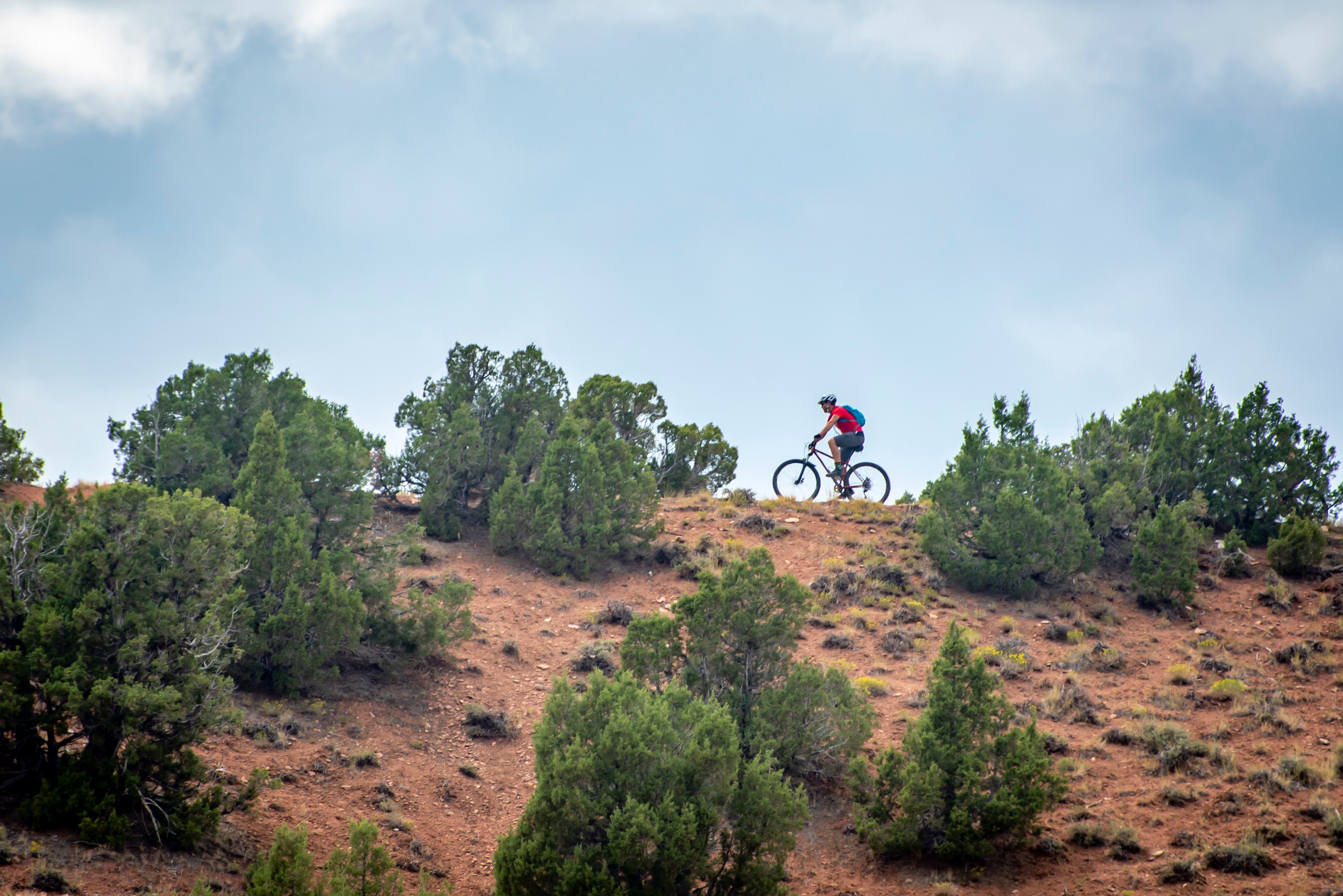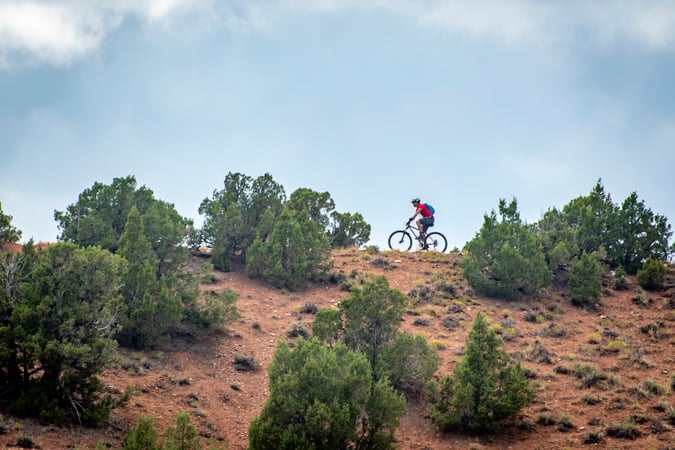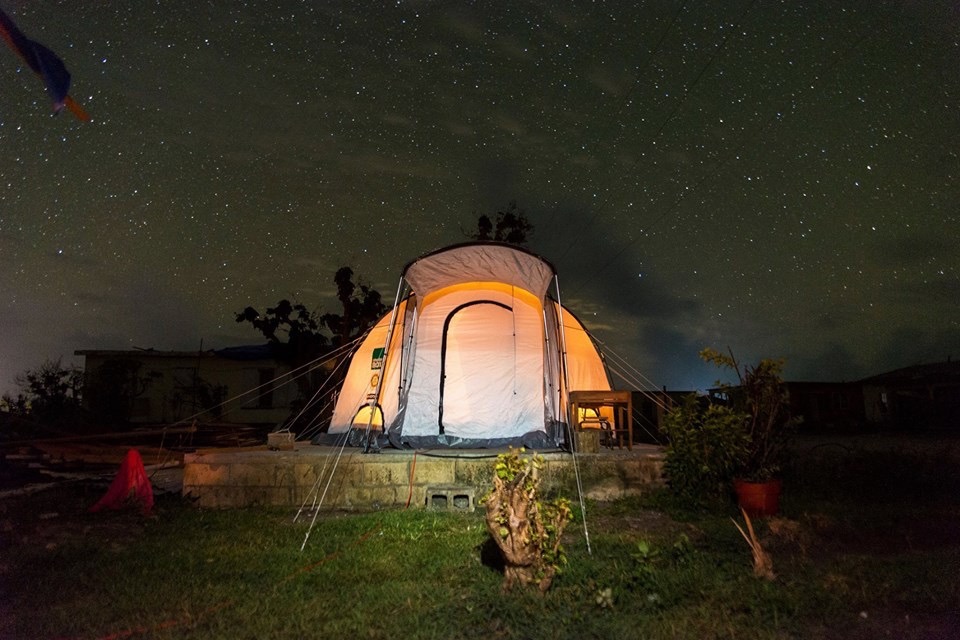
NOLS Wilderness First Responder grad Ned Morris is a volunteer ShelterBox Response Team member (SRT). SRT members deploy to areas of natural disaster or conflict-based migration, and help families who have lost everything due to natural disaster or violence. ShelterBox provides shelter solutions, including tents or house repair kits, as well as water purification systems, solar lighting, cooking sets, and much more. There are just over 100 active Response Team members in the world; less than 40 in the U.S. Read the following Q&A to learn more about Ned's humanitarian work with ShelterBox and how his WFR helped prepare him for this role.
Why did you supplement your Shelterbox training with a NOLS Wilderness First Responder (WFR) course?
The environments I work in are literally a disaster zone; infrastructure is destroyed, there are often no roads, the areas are remote, and medical facilities are often overburdened. We need to be able to adapt to the environment, and be able to take care of ourselves in an emergency, as it could be hours, or even days until we can get assistance.
How did NOLS help prepare you for your work with ShelterBox?
Not only did the WFR course give me the skills I desired from a medical and first aid perspective, NOLS helped me embrace the challenge and be ready to face difficult situations with confidence. The need to think outside the box, and find creative solutions to problems was invaluable. I built a lot of these leadership skills through the NOLS WFR course. Being a leader is important, but so is being an active follower. I learned to trust in my teammates, and make sure everyone's voice is heard and everyone's opinion has weight.
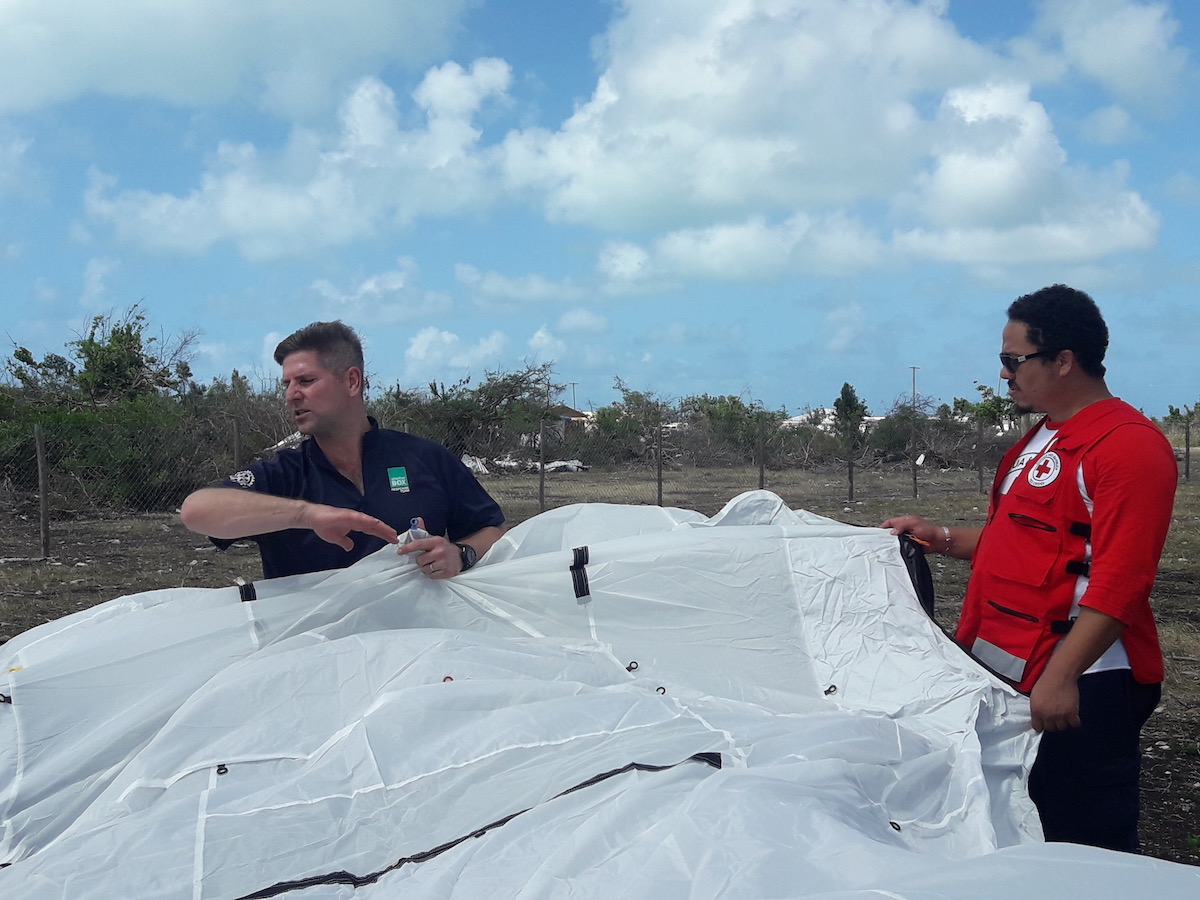
What's a key takeaway from your WFR that you feel would benefit everyone?
Other than the patient assessment system (PAS), I think the biggest lesson I learned is to slow down. To quote Eric Page, one of my instructors: “Stop, open up a big can of calm, take a huge gulp, if things are really bad, take a couple more gulps, and then proceed.” Everyone involved is better served when we take a step back, observe the bigger picture, formulate a plan, and then proceed with a plan of action.
The other key lesson I learned is improvisation. If you don’t have the exact tools you need, take an inventory of what you do have at hand, and figure out how to make it work. At the end of the day, you have a problem to solve, and you now have the education, skills, and experience to solve it. Go do that.
What was the most challenging part of taking a NOLS WFR course?
This was a very intense, full immersion course. Eighty hours of classroom training in 10 days, with a lot of scenarios, and regular practical and theory examinations and assessments. We were put under pressure and really challenged to think on our own, not just regurgitate something we learned in a textbook.
As the course proceeded, anything we had learned in prior lessons, on earlier days, was fair game for the WFR scenarios—situations where the facilitators design a medical problem or illness for other classmates to act out. The “responding” group then encounters these “actors” in the field, assess the problem, and act accordingly with supposed diagnosis and immediate care.

Participating in scenarios really made me think about the process, symptoms, and how the patients were presenting—then come up with a plan of action to not only treat the patient right now, but how to keep them stable until help arrived or how to get them out of the wilderness.
What advice would you give to others who are pursuing careers or volunteer opportunities in humanitarian aid?
There is no better way to help than to give of yourself if you have the ability to do so. Plenty of people have the resources to donate money, and that is great, but it goes only so far. I would say: Work hard to be who you want to be, and stay focused on the big picture. While some things are very hard to deal with, keep in mind why you are doing this. You are helping, and what you do does make a difference. Keep up the good work and continue to fight the good fight.
Note: There are currently about 85 million people displaced in the world right now. Sadly, only 25 million of those are displaced due to natural disasters. The other 60 million are displaced due to manmade conflict and violence. Unfortunately, that number is expected to grow to over 200 million by 2030.
How can readers support ShelterBox’s efforts to aid displaced families?
Like ShelterBox on Facebook and other social media channels, and share the posts on your network. Another way to help is by fundraising. We have had people run marathons and bike for miles and miles (across the U.S. and from top to bottom of the U.K.) with pledges per mile or kilometer for their effort. Finally, you can apply for the Response Team, and deploy to disaster zones as I do.
- Leadership Skills
- Wilderness First Responder
- First Aid
- Wilderness Medicine
- Stories
- Wilderness Medicine Stories
- Leadership
Written By
NOLS
NOLS is a nonprofit global wilderness school that seeks to help you step forward boldly as a leader.


